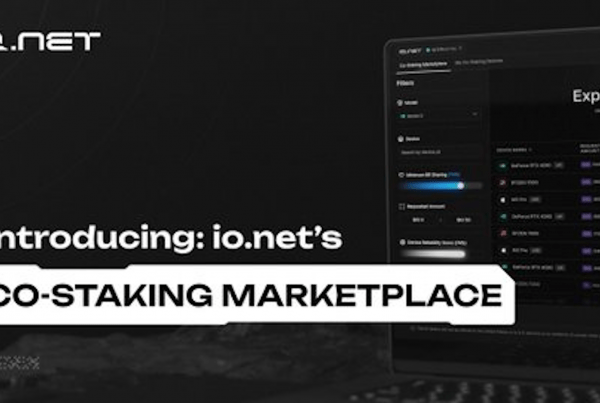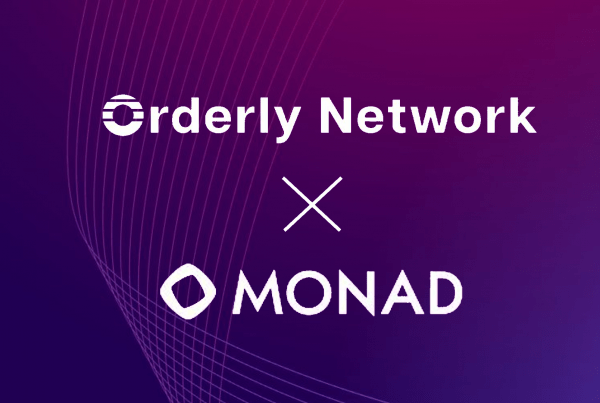
NFT popularity may feel like it’s reached its peak. Still, with more novel use cases and marketplaces emerging, the developing popularity is likely the beginning of a longer-term trend.
From being ridiculed as “overpriced” JPEGs to assets worth millions of dollars, NFTs have come a long way since their inception. In recent years, NFTs have transcended digital art to become one of the most potent driving forces of the ever-evolving blockchain ecosystem.
These days almost anything can be tokenized as an NFT. Be it sports and media personalities, influencers, real-estate developers, gamers, or those from the entertainment industry, many stakeholders outside the crypto universe are jumping onto the NFT bandwagon, further accelerating the mainstream awareness and adoption of NFTs. Additionally, the emergence of new-age industries like play-to-earn (P2E) gaming and the metaverse that are heavily dependent on NFTs are playing critical roles in shaping the NFT ecosystem’s ongoing expansion.
There are several factors behind the recent impressive growth of NFTs. The BGA Blockchain Game Report 2021 reports that the total volume of NFTs traded in 2021 was $23 billion, up from $340 million in 2020. This massive surge in transaction volume indicates that the inflow of mainstream brands and personalities has favored the nascent NFT sector, enabling the broader audience to realize the true potential of this rising asset class.
However, one of the prime reasons behind the promising growth of NFTs is the emergence of easy-to-use, no-code, affordable NFT marketplaces. While Ethereum still holds the lion’s share of NFTs, its ongoing problems with network congestion and sky-high gas fees have forced developers and NFT creators to seek other alternatives.
To that extent, a wave of secondary marketplaces spanning popular blockchain networks like Polygon, Solana, Tron, and Flow, among others, have flooded the blockchain ecosystem. The emergence of these marketplaces has lowered entry barriers, leading to increased adoption and more revenue opportunities for everyone involved.
Bitcoin, the legacy network, too, has entered the NFT market, thanks to the smart contract capabilities introduced by Stacks, enabling Bitcoin holders to finally start minting Bitcoin NFTs via a promising initiative that has the potential to disrupt Ethereum’s NFT dominance.
That said, here are a few promising marketplaces among the competing networks that are playing a key role in putting NFTs in front of more mainstream audiences.
NFTs Secured By The Bitcoin Network
First up on our list is the STXNFT platform – an emerging NFT marketplace that offers the security of the Bitcoin network and the compatibility of Ethereum. For a long time, the Bitcoin network has remained on the sidelines of the burgeoning NFT ecosystem. However, with Stacks’ smart contract capabilities, it is now possible to mint NFTs on the Bitcoin network.
Since its launch, the STXNFT platform has become the go-to solution for minting and trading NFTs secured by Bitcoin’s hashrate. Per the latest data from StacksOnChain, the STXNFT platform is currently home to almost 200 unique NFT collections. For a platform that made its debut in 2021, STXNFT has grown substantially, with more than five projects raising over $100,000 through mints and multiple projects crossing $2 million in secondary sales.
Megapont Ape Club, Bitcoin Monkeys, Project Indigo, and Crashpunks are among the most popular Bitcoin NFT collections currently listed on the STXNFT marketplace. While existing NFT platforms on Ethereum, Polygon, and other chains still overshadow this new marketplace, the STXNFT scene is experiencing accelerated momentum as the Bitcoin community explores these new opportunities.
OpenSea Still Dominates The NFT Marketplace
One of the oldest and largest NFT marketplaces, OpenSea, has been active since 2018. The platform is home to a massive number of collectibles and registers more than 400,000 unique visitors monthly. Additionally, OpenSea has the largest community, featuring over 125,000 Discord users.
Earlier this year, the monthly trade volume on OpenSea exceeded $3.5 billion in ETH (Ether) for the first time, setting a new record by surpassing the all-time high transaction volume of $3.42 billion in ETH (set back in August 2021). At present, OpenSea is valued at more than $13.3 billion and is home to some of the biggest (and costliest) NFT collections in existence, such as the Bored Ape Yacht Club (BAYC) NFT collection.
However, since OpenSea is built upon Ethereum, slow transaction speed and excessive gas fees have become major obstacles to the platform’s ongoing expansion. This reality, in turn, has led to the emergence of several other scalable, fast, and cost-efficient NFT marketplaces spanned across other third-generation blockchain platforms.
Magic Eden Brings NFTs To Solana
The Solana ecosystem is among the new wave of blockchains that have immensely benefited from developers and creators seeking an alternative to Ethereum’s problems. Magic Eden, a new NFT platform built on Solana, is quickly becoming a preferable option for prominent venture capitalists as OpenSea’s woes show no signs of fading.
Back in March, Magic Eden, led by Paradigm, raised $27 million from a Series A funding round that saw participation from leading investors like Solana Ventures, Sequoia Capital, Greylock, Electric, Kindred, and Variant, among others. As a community-focused NFT marketplace, Magic Eden is designed to offer user-friendly experiences alongside cutting-edge tools to mint NFTs in just a few clicks.
The platform leverages Solana’s fast throughput and low costs to enable NFT creators and users to leverage a fully scalable and cost-effective NFT ecosystem. Unlike most existing platforms, Magic Eden doesn’t charge a listing fee. It charges a 2% transaction fee – much less than the fees in most existing NFT marketplaces.



